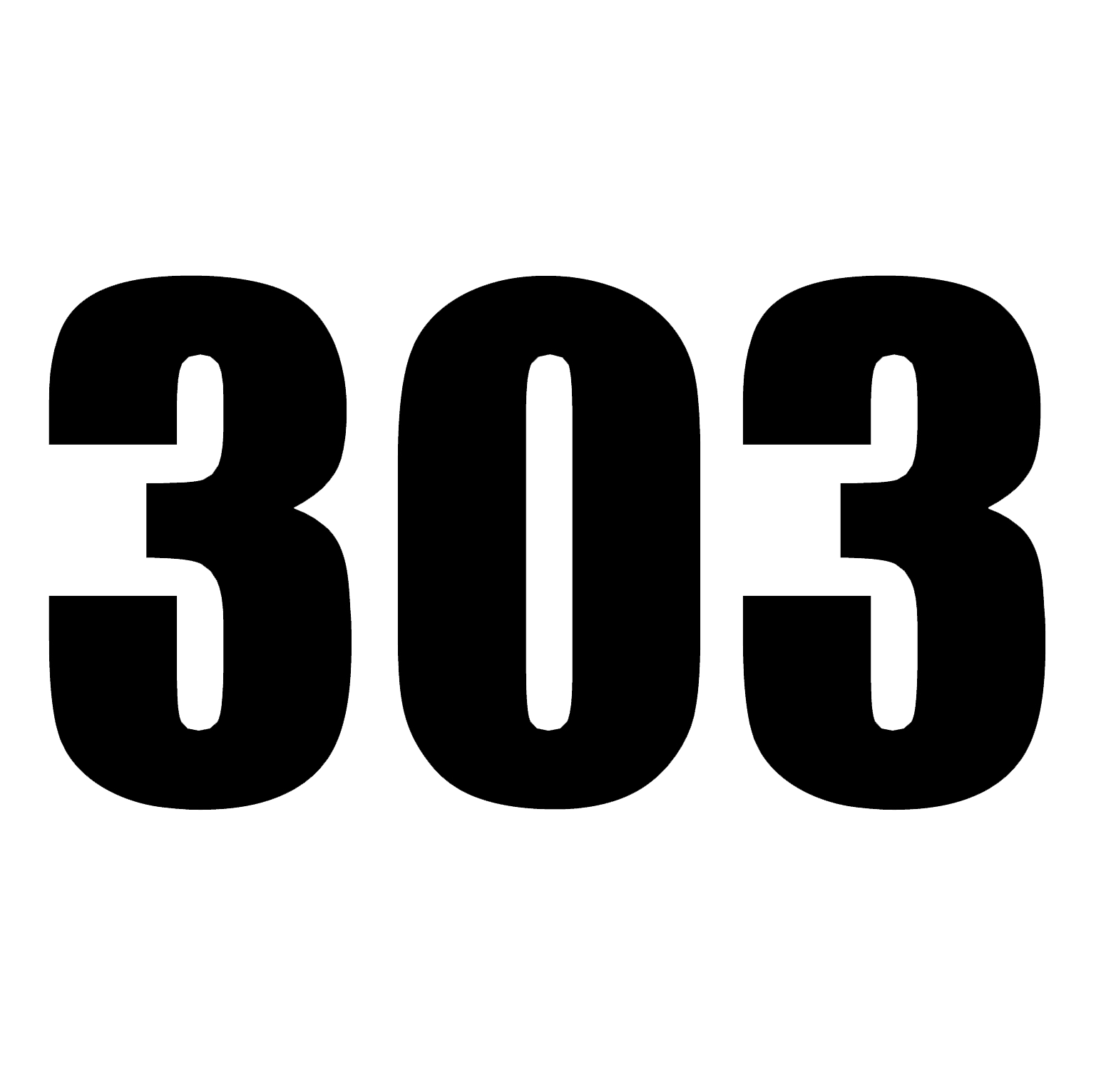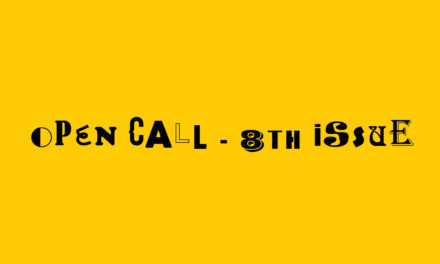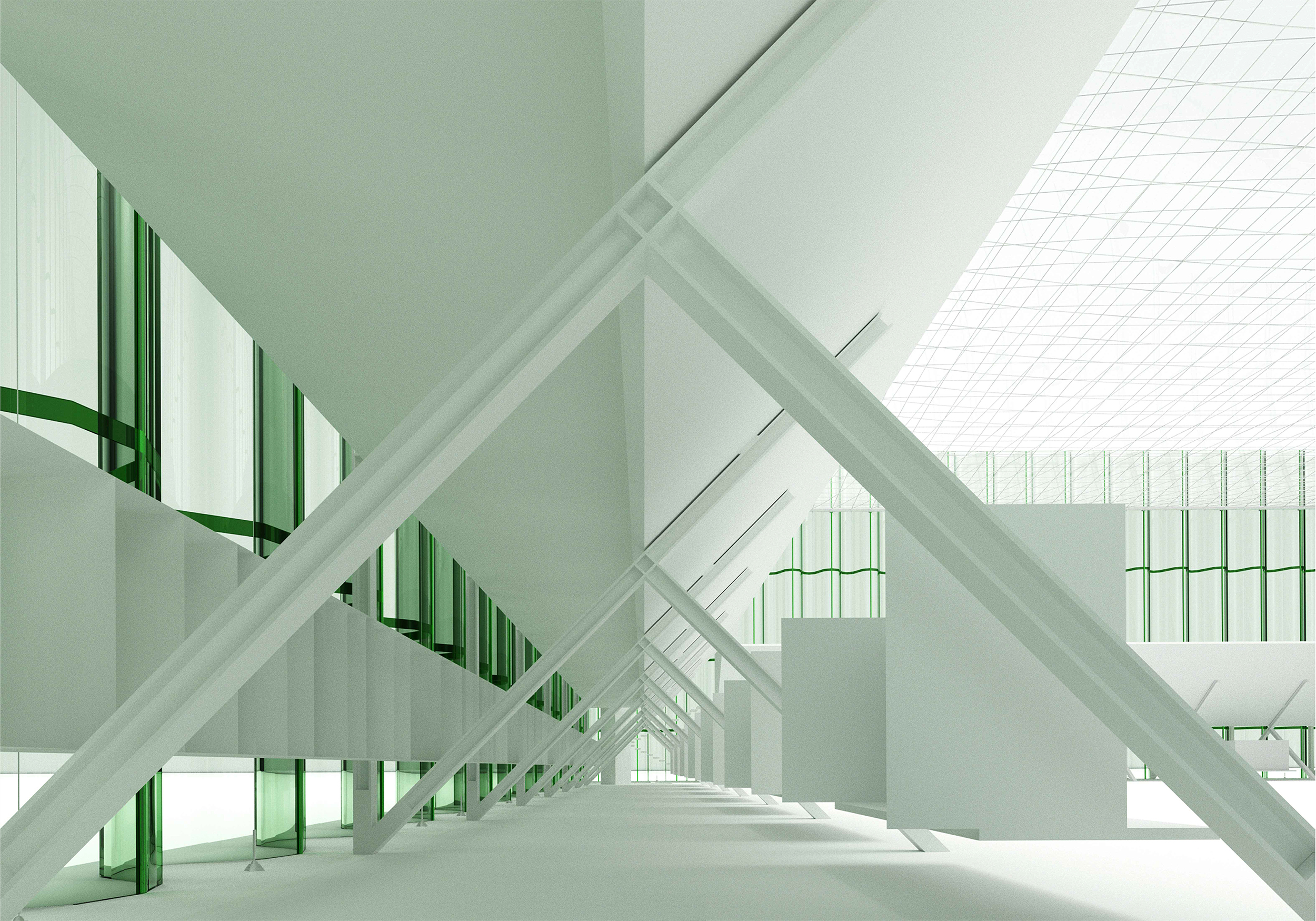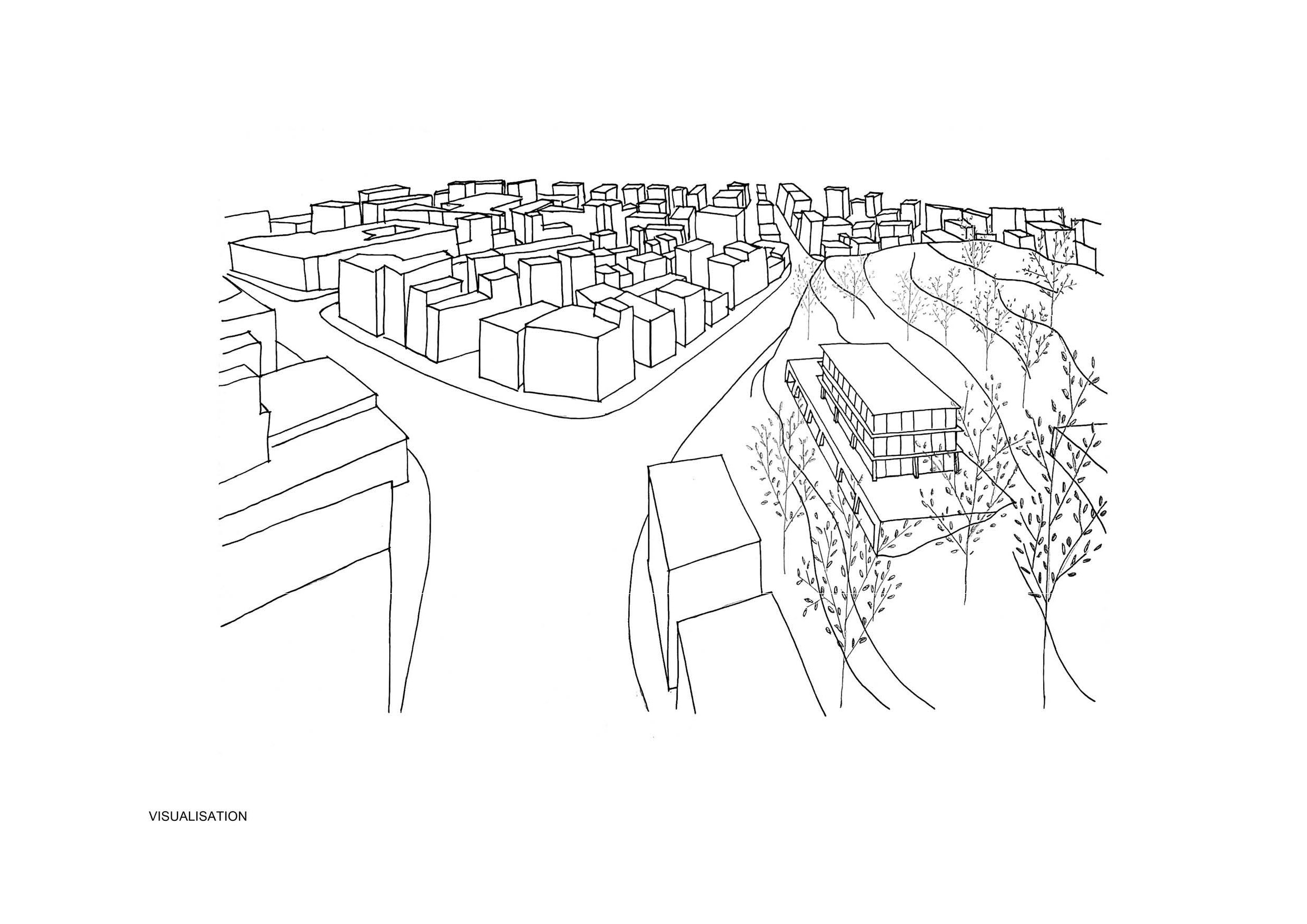The BUOYANCY Case¹ workshop took place on the Međeš lake in Čortanovci, during a one-week summer school of architecture “a, pa, ti<——>ja”, organized by EASA:Serbia. This event, amid the global health crisis,
acted as a distant (yet connected) counterpoint of the EASA: Apathy residence in Estonia.
The workshop itself was intended as a fluid event without a predetermined future, i.e. as one in a series of experiments with the spatial phenomena. In methodological terms, its first act was conceived as researching, recording, and mapping the connections between invisible physical forces and the physical medium (i.e. fluid and object) into a corresponding physical structure.
Therefore, this workshop aims to question the immeasurability and endlessness of the open space (water surface), by the act of scaling it in relation to the new physical structure.
scale = balloon : lake
Concept – buoyancy
To understand the principle of the workshop you have to imagine Archimedes and Newton at a lake. The first teaches us that when you put an object into water it displaces the water and that the amount or weight of displaced water is equal to the upward force that the water applies to it. The second teaches us that this happens due to the force with which object enters the fluid, naturally, affected by gravity. This phenomenon of the water pushing the object upwards is called buoyancy (also known as the buoyant force). Dense objects whose weight is greater than the upward buoyant force will sink and the less dense objects will float.
Theoretical background – Mapping of the forces
The previously described main objective of the workshop is to explore the inseparable relationship between force and object which has driven many artists, architects, and designers to investigate this phenomenon in a variety of scales. The nature of these projects grasps a spectrum of scales and teaches us about the importance of scale itself, as shown in Eames’s short film Power of 10, displaying the space as an endless ambiguous arena.
The exact shift between scales has exuded artists to explore these conditions from the scale of a room, through postmodern installations and ephemeral sculptures, to land-art work that grasps the scale of the territory. On a small scale intervention, minimalist Robert Morris explores the inevitable relationship between textile and gravity, letting the physical forces finish the artwork, as displayed in his Felt Installations
On the other hand, Berry Le Va, a US sculptor in the postmodern period of process art, has explored the relationship between ephemeral materials such as white powder and the forces of wind, mimicking a natural water bay scenery in a confined space of a museum. The white powder spread over the black velvet reveals the invisible natural forces and accents the reciprocal dynamic of the relations between nature and object. It cannot be staged, no one can predict and replicate the formation of the powder blown by the wind.
Finally, Rinatala’s landscape installation of 1000 white flags is a territorial example that demonstrates the hidden relationship between object and field. Despite the symbolic message that the installation sends to safeguard the national environment, it also displays
the roaring wind conditions of the terrain which can be seen as the white flags flutter. It also demonstrates the slope of the terrain and the force of gravity that pulls the skier down in winter. It displays the wind performance of the field, diffuses the green density of the territory and it accentuates the natural slope and gravity of the terrain when the flags standstill.

Objectives, task & materials
By exploring the buoyancy of the lake, the main purpose of this workshop is to reveal the hidden character of the relationship between the steady water and the object, in other words, to explore the two natures. This is not a quest for a total design or a predetermined scenario,
on the contrary, the participants will create the storyline as they dive into the depths of the buoyance phenomena. Moreover, the only predefined principles are the buoyant force and the materials available. This will therefore create an algorithm of variables that will determine the performance of the intervention. Through the process of investigating the water conditions in the realms of physical forces and semantic experience, participants will develop a design methodology that explores one of the many combinations between force (water) and object (weight).
50 Balloons, 500m polypropylene rope, 20 bricks, reed
Process
During the 2 days of the workshop, a special reflection was made on the importance of the creative and cognitive process, creating a dynamic and open collective between participants, organizers, and tutors. The only inputs of this process were the topic, site, and materials selected by the tutors, while the physical appearance of the final structure was the result of collective work, discussions, research, and numerous prototypes and 1:1 case studies.
Outcome
The outcome of the workshop is reflected on several levels. In the physical sense, the installation is manifested as a dynamic floating structure, anchored at one end. It is subjected to the flow of wind and water, and thus materializes these invisible forces of nature. In a theoretical way, it encourages additional thinking and understanding of the topics of mapping and scaling. Finally, in a semantic sense, it emphasizes and gives importance to a specific spatial polygon, its appearance invites users to interact with it, and despite its transient nature, it continues to live in the user’s mental maps.
Personal reflection
In the context of both an extraordinary EASA and circumstances, the workshop was envisioned in the way that its outcome was in the realm of probability. Such an installation created breadth and gave the opportunity, both to the tutors and the participants of the workshop, to mutually create a spatial structure by examining various spatial and physical relations. The examination focused on the BALLOON: LAKE relationship led to the creation of a variable structure that floats on the surface of the water. Different sequences can be seen in the selected photo-documentation from the lake, sequences that speak of the ephemerality of the physical structure itself. Its shape and mutual relations between the constituent elements are never final, they are constantly influenced by the forces of movement of water and air, thus materializing themselves.
-Nikola Abramović
The very concept of the workshop as an open fluid process is in itself very intriguing.
However, what made this process even more compelling to me on an individual level is its course and unpredictable nature, an undoubted consequence of the ad hoc nature of the event and the extraordinary circumstances in which it took place. The constant transition from being apathetic to being devoted, smiling to worried, radiant to on-the-move,
lost to resolved, is a wonderful game of hide and seek. A playfulness which, as always, quite naturally culminates in what is found. Fulfilment, pleasure, and joy. That is what the game is meant to be.
– Miloš Jokić
Key Words: Buoyance, Floating, Mapping, Scale, Structure, Fluid
Tutors: Miloš Jokić, Nikola Abramović
Participants: Ana Vučeta, Ana Šabanović, Boban Živanović, Jovana Stakić, Marko Brkić, Nađa Ranitović, Natalija Bogdanović, Sofija Spaić Šejla Župljanin
Text: Miloš Jokić, Nikola Gjorgjievski
Photos: Boban Živanović, Nađa Ranitović, Nikola Abramović









